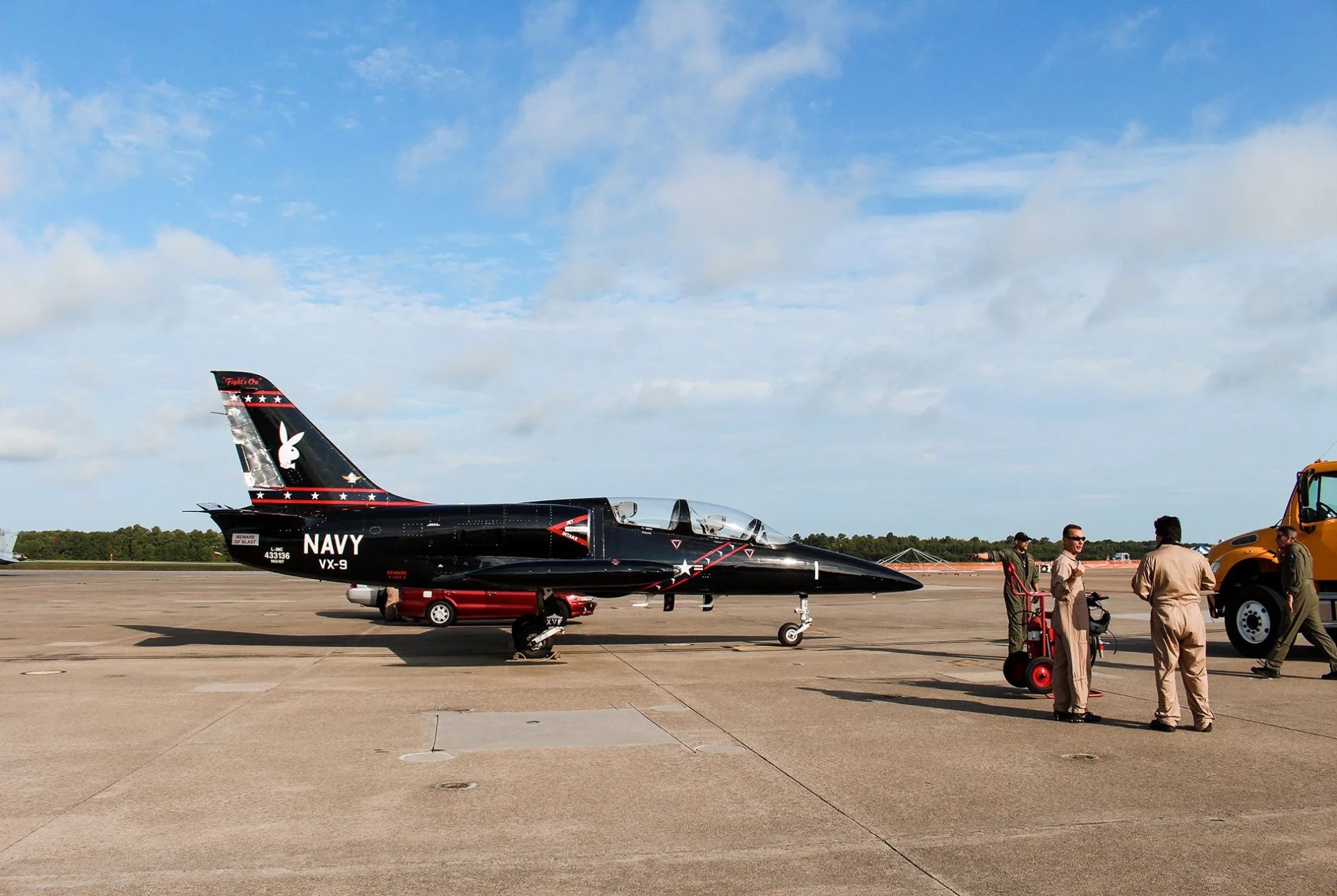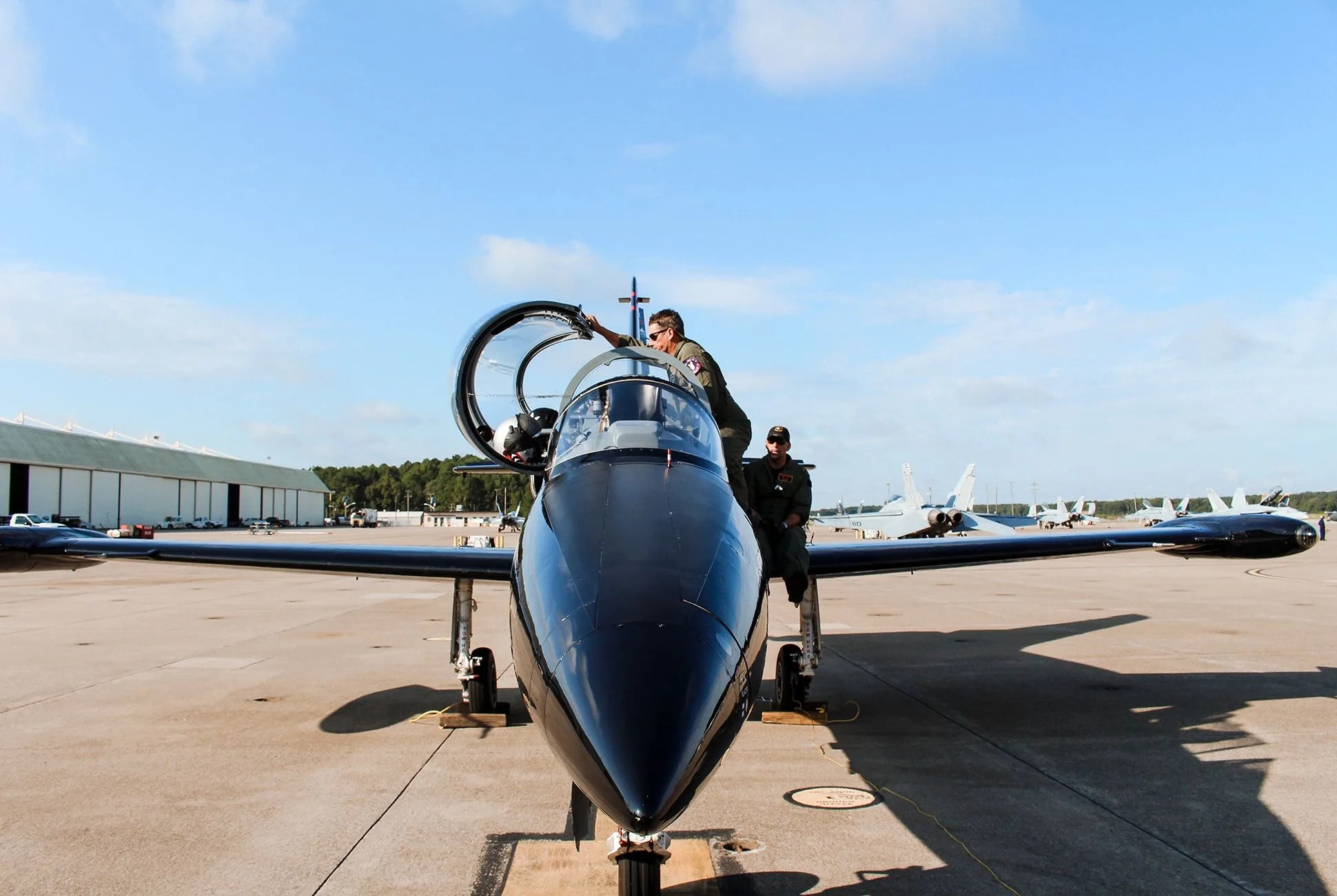Unless you’re an astronaut, pilot or F1 driver, odds are you’ve never thought about how your body reacts to gravitational forces, aka G-forces. Yet still, there are instances where the average individual can experience these intense inertial forces.
Ever taken a ride on a high-speed roller coaster and started to feel light headed? Those are Gs at play, and that “graying out” sensation is your blood flowing from your brain into your lower extremities.
While this experience isn’t universal for everyone, the potential for passing out can be scary. So what can you do to help prevent this ailment on your next trip to the amusement park? Learn from those that encounter Gs routinely, of course.
Insights from Fighter Pilots
Fighter pilots routinely encounter Gs in their occupation, so fighting against them is a second nature skill set required of the title.
Retired Naval Officer Mark “Crunchy” Burgess is a member of the Warrior Flight Team, an organization that helps injured veterans find jobs in civilian life and raises awareness by flying in prestigious airshows.



